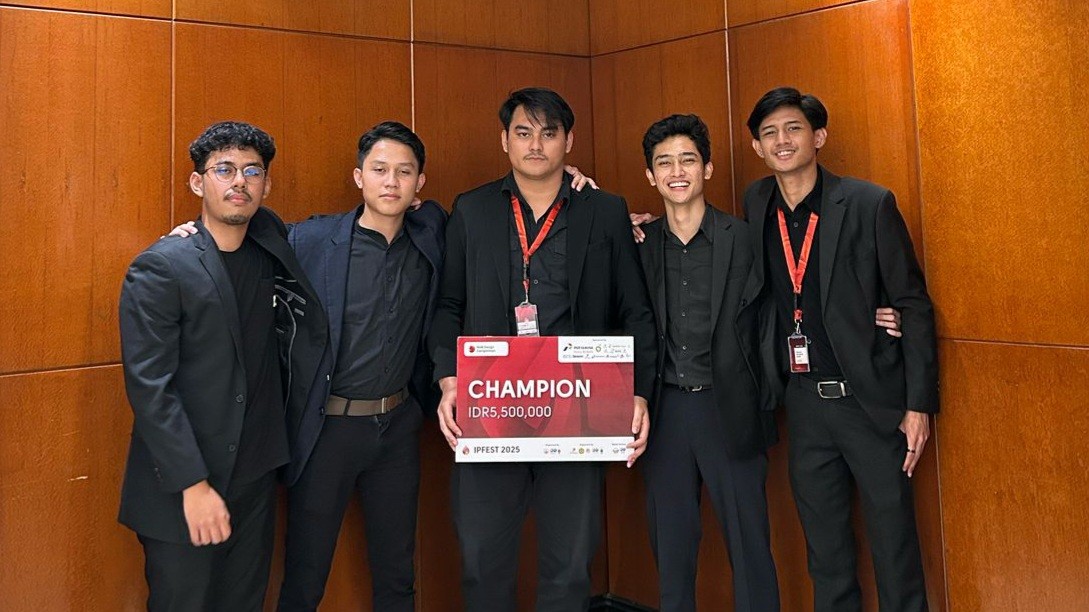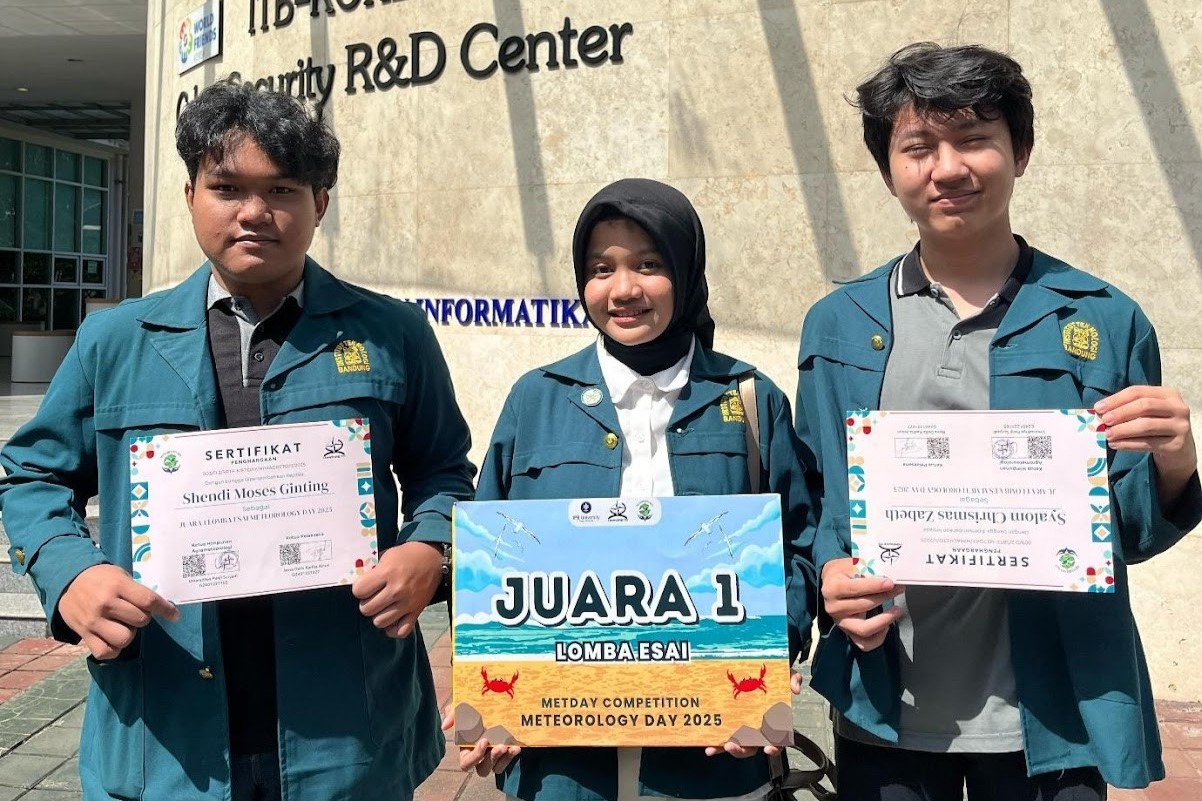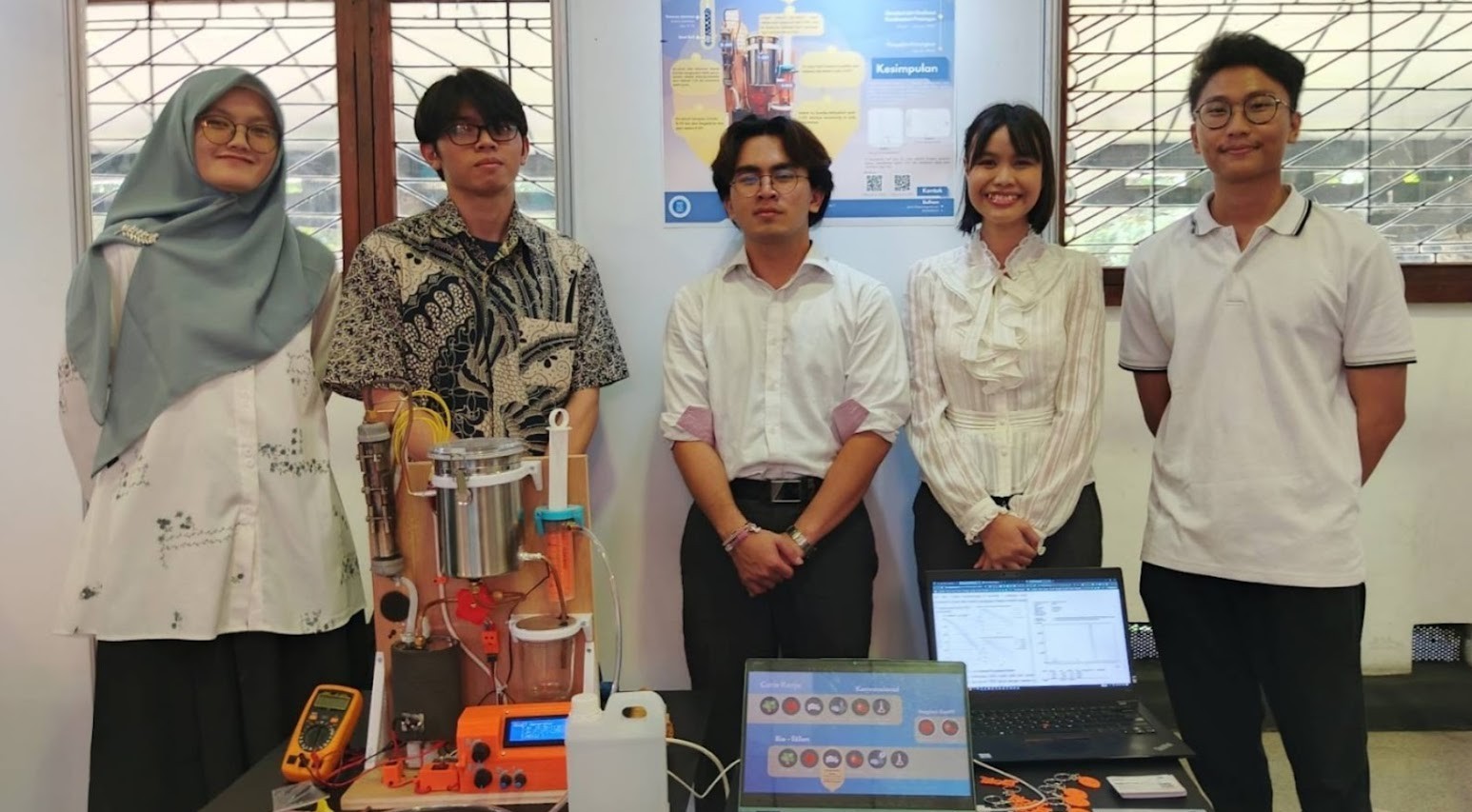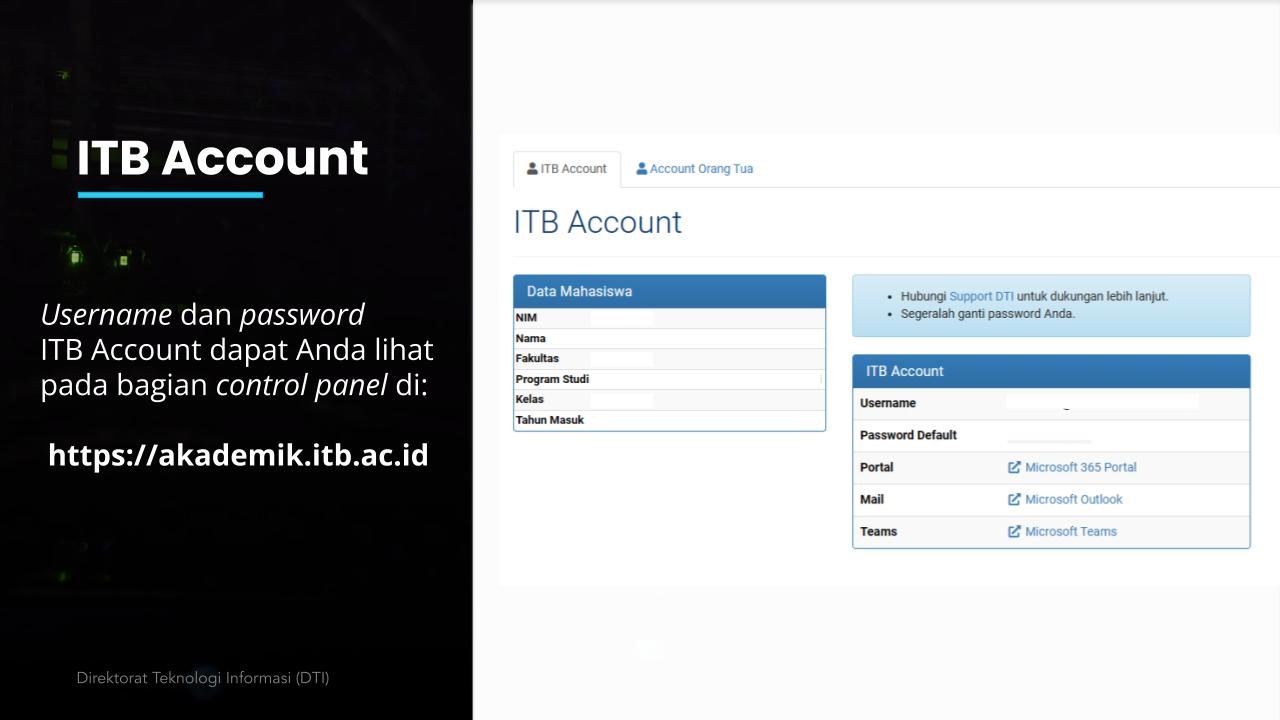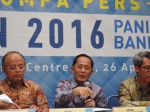The Team of STEI ITB Succeeded in Building 4G Network in The 3T Regions
By Adi Permana
Editor Adi Permana

BANDUNG, itb.ac.id — Supporting distance learning, ITB-STEI-PUI Microelectronic ITB contributed in the project of 4G networks building in 3T (underdeveloped, frontier, outermost) regions. This project was carried out in Maluku and NTT as 3T regions which yet have inadequate infrastructure due to the low population density that becomes unappealing for the commercial telecommunication operator.
BANDUNG, itb.ac.id — Supporting distance learning, ITB-STEI-PUI Microelectronic ITB contributed in the project of 4G networks building in 3T (underdeveloped, frontier, outermost) regions. This project was carried out in Maluku and NTT as 3T regions which yet have inadequate infrastructure due to the low population density that becomes unappealing for the commercial telecommunication operator.
According to Prof. Trio Adiono S.T., M.T., Ph.D., the COVID-19 pandemic has enforced the switching of all teaching learning activities, from conventional to digital, all over the world. All schools and universities are required to apply remote learning, including the schools in 3T regions which do not have adequate access towards telecommunication network facilities.
He explained that the inadequacy towards telecommunication access in 3T regions blocks the teachers and the students from remote learning and its electronic content. Therefore, the team of ITB-STEI-PUI PT Microelectronic has developed Base Station (BTS) devices to provide 4G LTE high-speed data connections technology since the last 12 years .
“The BTS can be accessed via smartphones, tablets, computers and other devices. This device, called InfiniteBe, was built with more than 40% of domestic content level (TKDN). This device is highly suitable as a solution for remote learning in 3T areas due to its comprehensive coverage, " explained Prof. Triono to ITB Public Relations.
The deployment of devices and the development of the telecommunication industry of this project are funded by the Ministry of Education and Culture's Directorate General of Higher Education and supported by the Ministry of Research and Technology, the Minister of Communication and Information, and the Indonesian Ministry of Maritime Affairs and Investment.
The exploration of this project has been carried out since August 2020, then implemented in September and the installation was executed in December 2020. In its execution, the project had encountered various obstacles, such as the difficulty of procurement and delivery of logistics to the 3T region due to limited delivery transportation. The provision of equipment still had to be done from the Java area, such as towers and large power supplies, which caused the postponement of the installation process. Moreover, natural factors, such as the continuous rain, also became another obstacle in the project execution, especially the tower construction process.
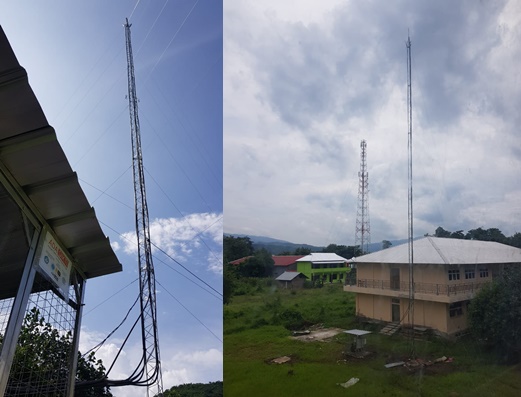
Prof. Triono hopes that the realization of the project can be a solution towards societal needs as well as a clear proof that the Indonesian people are capable in designing high-tech devices such as 4G LTE. "Furthermore, we hope that the device can be duplicated in schools areas that do not yet have cellular and internet access, and can develop the Indonesian electronics industry," said Prof. Triono.
Reporter: Diah Rachmawati (Teknik Industri, 2016)
Translator: Naffisa Adyan Fekranie (Oceanography, 2019)

